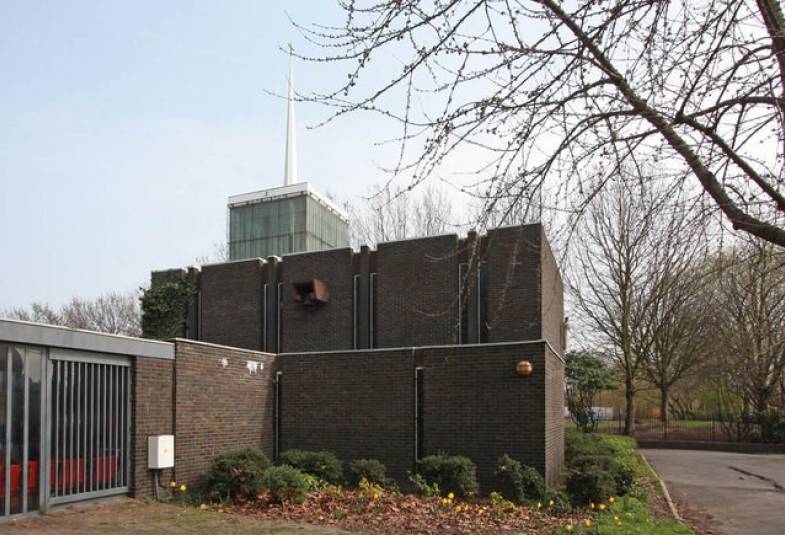02/12/2021
This blog is written by a member of the independent Commission. These views do not necessarily represent the views of the Archbishops' or the Church of England.

Church buildings are often a legacy from a previous era. They were designed with a slightly different purpose in mind, for communities which have changed geographically and socially. But we are called, as churches, to respond to God’s mission in new ways, so we can’t just accept how they are unquestioningly. We have to give what we have in our hands to Jesus, not hold it close because it’s always been that way. The Archbishop of Canterbury’s Housing Commission is encouraging churches to think proactively about how we use our property.
Paul Whitnall – the Bishop of Barking’s adviser on “Buildings for mission” – has already been doing this. He’s met with over a hundred churches in Chelmsford diocese and elsewhere, to help them think about how they use their buildings. He explains that our buildings and land are ‘fantastic assets’, and there are all sorts of ways that they can be used. His role is to help churches think about what changes could be made to better serve the mission of the church now and in the future.
The trouble is that, as Paul says, ‘the church is always bored of buildings’. Generally, discussions of buildings aren’t focused on the positives – how they can be used for mission – but instead bureaucratic necessities like quinquennials or even anxiety-inducing problems like safety or financial issues. Paul’s work flips this on its head: he’s famed for his ‘drastic’ solutions.
We’ve written about many of these solutions before in this blog series, but the first stage is the trickiest: deciding that something needs to change. That’s easier said than done. Church buildings often have a great deal of emotional attachment, and it’s hard to be objective about what can be done with them.
To get around this, Paul constructed the ‘Church Informal Audit’. This is based on features of the building which are fairly objective but, crucially, are easy for churches to answer themselves. This means that they can independently come to conclusions about the need to change, by working through different features of the building – the location, flexibility and condition, for example – and give it a rating between one and three. Low scores indicate that change is needed.
This is also incredibly helpful for groups of churches – such as deaneries – in working out where to prioritise resources for improvement. No church building is perfect, but some may need more work than others. For example, one church building Paul has investigated, which was previously in the centre of a bustling town, is now left behind as the centre of the community has moved, yet its flexibility and good condition means that it can still be well-utilised.
For example, in the deanery of Newham, Paul with others has assessed each of the twenty-five churches through this audit. A set of appropriate plans has been developed, each showing how these churches can best use their property to fulfil their mission – either through reinvention, refurbishment or rebuilding. The ‘lowest hanging fruit’ are easiest to identify, yet it can be more beneficial to focus time on the more challenging situations, as changes in these cases can lead to a major transformation of the church’s mission.
The past few months have changed our relationships with buildings. A church is about people not buildings, but that doesn’t mean that how we use our real estate isn’t important. As we ‘build back better’, now is the time to think about how we can use it best to do mission – ministry, service, outreach and, yes, meeting housing need. Paul’s work provides one lens through which to view our property. How should we be using these fantastic assets?